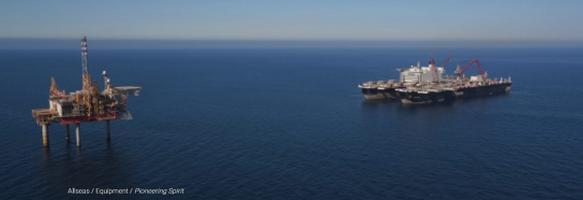 The oil fields beneath the North Sea are running out of oil. As there is less oil to pump, costs rise per tonne of oil delivered from the now aging offshore platforms. A decline in oil prices only makes the economics of these rigs worse and yet they cannot be simply shut down and abandoned. Under a 15-nation protocol called the “Convention for the Protection of the Marine Environment of the North East Atlantic,” known simply as OSPAR, the rigs must be removed and taken ashore for scrapping. To dump them at sea or allow them to decay in place would risk serious environmental damage. But how does one dismantle an offshore rig that can weigh anywhere from 100,000 to 300,000 tonnes of steel? And there are a lot of them. According to the BBC:
The oil fields beneath the North Sea are running out of oil. As there is less oil to pump, costs rise per tonne of oil delivered from the now aging offshore platforms. A decline in oil prices only makes the economics of these rigs worse and yet they cannot be simply shut down and abandoned. Under a 15-nation protocol called the “Convention for the Protection of the Marine Environment of the North East Atlantic,” known simply as OSPAR, the rigs must be removed and taken ashore for scrapping. To dump them at sea or allow them to decay in place would risk serious environmental damage. But how does one dismantle an offshore rig that can weigh anywhere from 100,000 to 300,000 tonnes of steel? And there are a lot of them. According to the BBC:
There are currently 470 oil or gas rigs and 3,000 pipelines in need of decommissioning – and 5,000 wells that need plugging with cement to depths of thousands of metres. The topsides weigh typically in the tens of thousands of tonnes – with, for example, Shell’s Brent Delta platform’s topside weighing in at a cool 24,000 tonnes.
One tool for this massive task is the Pioneering Spirit (formerly Pieter Schelte), the largest construction vessel ever built. The ship has a gross tonnage of 403,342 GT, a breadth of 123.75 m/406 ft and a full load displacement of 900,000 metric tons. The ship is a dynamically positioned catamaran designed to install or decommission offshore platforms and to lay pipe.

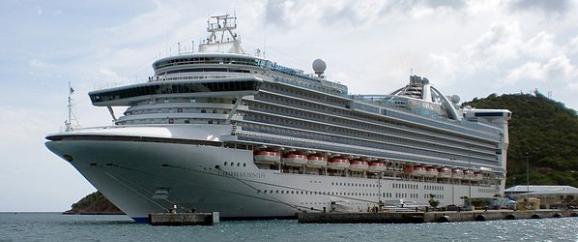 For one Scottish ship’s engineer doing the right thing paid off. In 2013, Christopher Keays risked his entire career when he turned whistleblower shortly after taking a job as a junior engineer on board the cruise ship, Caribbean Princess. At the end of last month, he was awarded by US courts $1 million for his role in exposing Princess Cruise Line’s illegal polluting.
For one Scottish ship’s engineer doing the right thing paid off. In 2013, Christopher Keays risked his entire career when he turned whistleblower shortly after taking a job as a junior engineer on board the cruise ship, Caribbean Princess. At the end of last month, he was awarded by US courts $1 million for his role in exposing Princess Cruise Line’s illegal polluting.  Researchers have published the results of their analysis of DNA from 24 individuals who died on the ill-fated
Researchers have published the results of their analysis of DNA from 24 individuals who died on the ill-fated  For affluent surfers, the ultimate escape is to take a luxury charter boat to surf perfect waves on distant islands. The
For affluent surfers, the ultimate escape is to take a luxury charter boat to surf perfect waves on distant islands. The 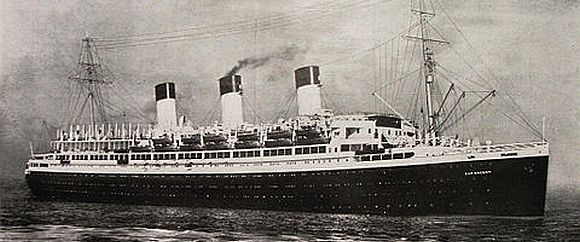
 A surfer, who had been swept out to sea while surfing off the Argyll coast of Scotland, was rescued by the Belfast Coast Guard after 32 hours at sea. Matthew Bryce, 22, was reported missing by his family when he failed to return from a surfing trip on Sunday afternoon.
A surfer, who had been swept out to sea while surfing off the Argyll coast of Scotland, was rescued by the Belfast Coast Guard after 32 hours at sea. Matthew Bryce, 22, was reported missing by his family when he failed to return from a surfing trip on Sunday afternoon.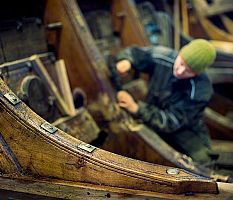 Next weekend, the Viking Ship Draken Harald Hårfagre is seeking volunteers to help maintain the ship before it sets sails again this summer. Or as they put it, “Spring is here, and the Viking Ship Draken Harald Hårfagre needs some extra love before summer!” The Draken, the largest replica Viking ship ever built, spent last winter laid up at the
Next weekend, the Viking Ship Draken Harald Hårfagre is seeking volunteers to help maintain the ship before it sets sails again this summer. Or as they put it, “Spring is here, and the Viking Ship Draken Harald Hårfagre needs some extra love before summer!” The Draken, the largest replica Viking ship ever built, spent last winter laid up at the 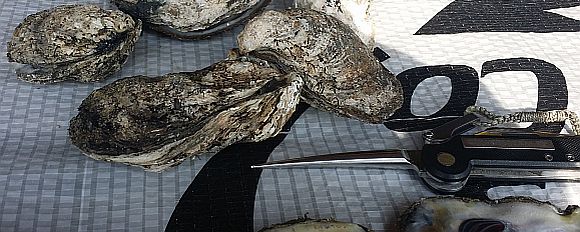 In the past year and a half, I have spent far more time in a boatyard in Deltaville, VA on the Rappahannock River than I would have imagined or intended. While I have not necessarily had great luck with repairs in the boatyard along the Rappahannock, I will say that I do love
In the past year and a half, I have spent far more time in a boatyard in Deltaville, VA on the Rappahannock River than I would have imagined or intended. While I have not necessarily had great luck with repairs in the boatyard along the Rappahannock, I will say that I do love 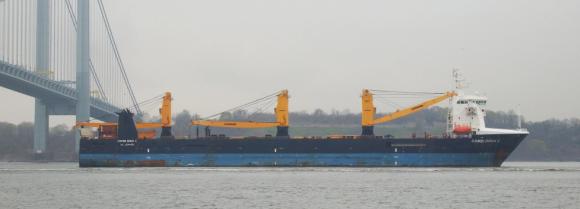
 Hundreds of icebergs have drifted into major shipping lanes off Newfoundland, forcing ships to go far out of their way to steer clear of the massive ice mountains.
Hundreds of icebergs have drifted into major shipping lanes off Newfoundland, forcing ships to go far out of their way to steer clear of the massive ice mountains. The sloop
The sloop  New York can be a tough town. Despite rough and tumble struggles over real estate, the vagaries of city politics, economic downturns, and not the least, being struck head-on my a monster hurricane which sent a 10′ storm surge through its buildings, the
New York can be a tough town. Despite rough and tumble struggles over real estate, the vagaries of city politics, economic downturns, and not the least, being struck head-on my a monster hurricane which sent a 10′ storm surge through its buildings, the 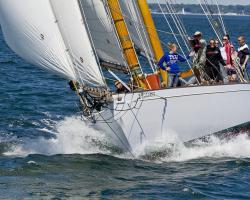 Happy birthday to
Happy birthday to  If you are near New York harbor tomorrow and have the chance, head on over to the
If you are near New York harbor tomorrow and have the chance, head on over to the  Tropical Storm Arlene
Tropical Storm Arlene If you are in Manhattan next Monday night, April 24, feel free to stop by the meeting of the New York Ship Lore and Model Club. Stephen Hopkins and I will be giving a joint presentation on three remarkable ships. I will discuss two amazing yet radically different ships which set off on their maiden voyages in 1845 — the extreme clipper Rainbow and the luxury steamer SS Great Britain. Following my comments, Stephen Hopkins, author of “
If you are in Manhattan next Monday night, April 24, feel free to stop by the meeting of the New York Ship Lore and Model Club. Stephen Hopkins and I will be giving a joint presentation on three remarkable ships. I will discuss two amazing yet radically different ships which set off on their maiden voyages in 1845 — the extreme clipper Rainbow and the luxury steamer SS Great Britain. Following my comments, Stephen Hopkins, author of “